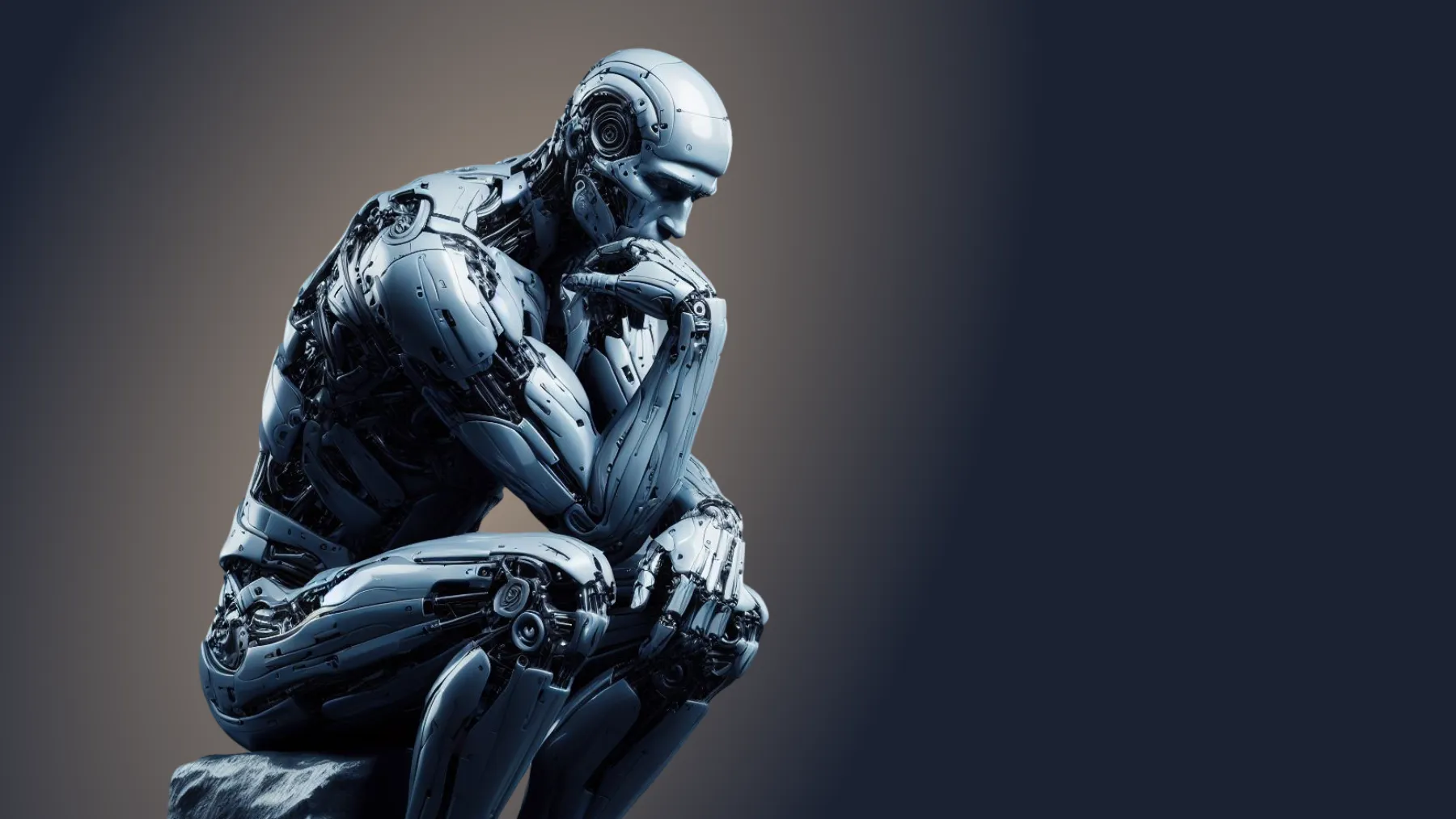The Evolution of Large Language Models: A Technical Dive into Self-Improvement

In the heart of Silicon Valley, a significant shift is underway in the realm of artificial intelligence. Large Language Models (LLMs), recognized for their prowess in natural language processing tasks, are now embarking on a journey of self-improvement. This isn’t just a minor tweak; it’s a fundamental change in how these models evolve and refine their capabilities.
Turing, having observed the rapid advancements in technology, notes that while LLMs have been groundbreaking, they’ve also had their share of shortcomings. Trained on vast datasets, these models have sometimes been prone to errors, biases, and inconsistencies. The challenge? How to make these models more accurate without constantly relying on human intervention.
The answer lies in a concept known as self-reflection. Drawing parallels from machine learning, where models learn from data, LLMs are now being trained to learn from their own outputs. Here’s a closer look at the mechanics.
Dual Role Assignment
Recent research has proposed a dual-role mechanism for LLMs. In one role, the LLM acts as a student, generating responses to a set of questions. In the other, it dons the hat of a teacher, evaluating the quality and accuracy of its generated responses.
Reinforcement Learning Integration
The teacher LLM assigns scores to the student’s responses. These scores are then fed back into the model as reinforcement signals. The model adjusts its parameters based on these signals, essentially learning from its mistakes and successes.
Iterative Refinement
This process of generation, evaluation, and feedback is repeated multiple times, allowing the LLM to iteratively refine its understanding and outputs.
Benefits of Self-Correction
By adopting this approach, LLMs can significantly reduce their dependency on labeled data, which is both expensive and time-consuming to produce. Instead, they leverage unlabeled data, using their own outputs as a learning resource.
Challenges and Considerations
While promising, this self-improvement mechanism isn’t without challenges. There’s a risk of the model becoming overconfident in its outputs, leading to reinforcement of biases. Additionally, the balance between exploration (trying new responses) and exploitation (sticking to known good responses) needs careful calibration.
Real-world Applications
The potential applications of self-improving LLMs are vast. From enhancing chatbots and virtual assistants to improving code generation and content creation, the possibilities are expansive.
In the ever-evolving landscape of artificial intelligence, the self-improvement of LLMs marks a significant milestone. It’s a move from models that are static post-training to those that continuously evolve, adapting to new information and refining their knowledge. As Turing keenly observes, this shift could herald a new era in AI, where models not only learn from the world but also from themselves.